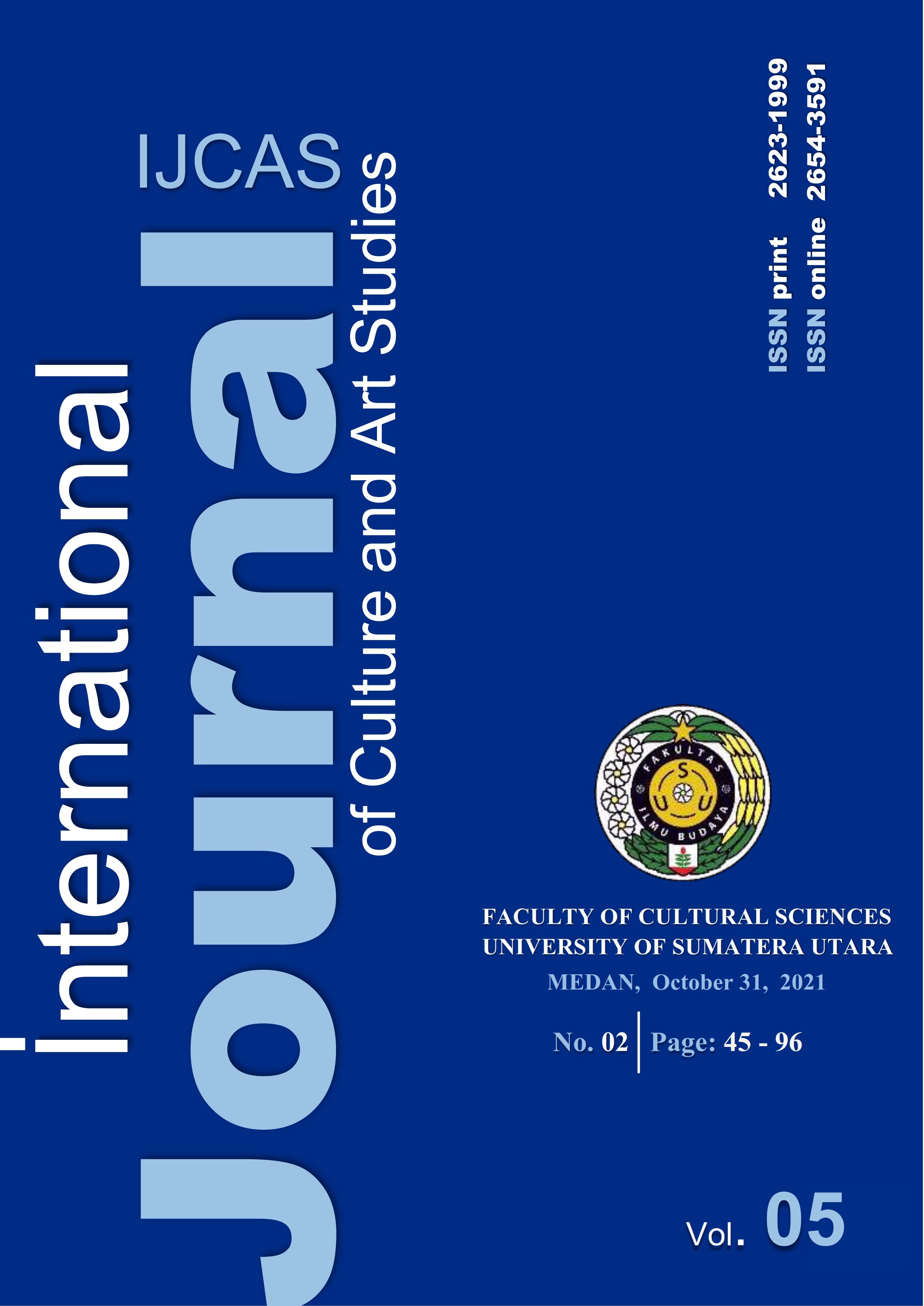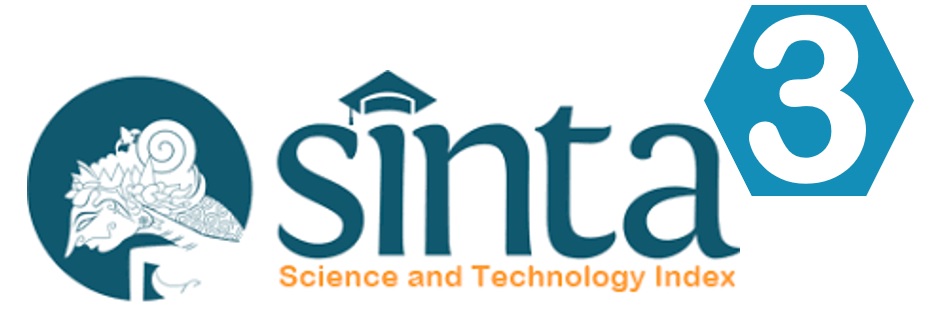The Comparative Study of Form and the Structure of Sri Lankan Gaá¹aberÄ and Pahatharaá¹a BerÄ with the Indian Mridanga Drum
DOI:
https://doi.org/10.32734/ijcas.v5i2.6822Keywords:
Drums making, Gaá¹aberÄ, Mridanga, Pahataraá¹a berÄ, South Asian drumsAbstract
The Gaá¹aberÄ and Pahataraá¹a berÄ are the main drums in two regions in Sri Lanka; also the Mridanga is one of all South Indian main drums. This research is a comparative analysis of the similarities and differences of form and structure between those Indians and Sri Lankans drums. That is conducted in the qualitative method. Several similarities and differences are discovered from the form and structure between those drums under the organization, order of the elements, construct process, and shape. The final conclusions are, 1) the form of all drum heads of Gatabera, Pahatharata bera, and Mridanga is similar, and also that form represents an Indian subcontinent drum head variety, but their structure is different according to the culture of both countries. 2) The form and structure of Gatabera and Mridanga drum bodies are slightly similar.
Downloads
References
Baral, B. (2017). Making of Mridangam. Retrieved 05 30, 2021, from D’source: http://www.dsource.in/resource/making-Mridangam-instrument-bengaluru-karnataka/making-process
Bukhari, S. A. H. (2011). What is comparative study. Available at SSRN 1962328. http://dx.doi.org/10.2139/ssrn.1962328
Dennis, W. (2006). Making Drums. Newyork: Sterling Publishing Company.
Deva, B. C. (1987). Musical Instruments of India. Delhi: Munsiram Manoharlal Publishes.
Disanayaka, D. M. (2018). Sampradika Gatabera Nirmaana Thaakshanaya Pilibadhawa Wimasumak. URSARU, 01.
Gata bera. (n.d.). Retrieved 08 13, 2021, from Grinnell College Musical Instrument Collection: https://omeka-s.grinnell.edu/s/MusicalInstruments/item/1524
Girish, V. (2019, 04 13). The Making of the Mridangam - A Documentary Film. Retrieved 06 15, 2021, from You Tube: https://www.youtube.com/watch?v=lrGgllzIgic&t=308s
Kandyan Art Association. (2012, 05). Geta beraya. Retrieved 08 13, 2021, from flickr: https://www.flickr.com/photos/kandyan_art_association/7411388104/in/pool-handdrumming/
KavyaVriksha. (2020, 04 23). Evolution and Fundamentals of Mridangam Percussion Accompaniment. Retrieved 05 22, 2021, from KavyaVriksha: https://medium.com/kavyavriksha/evolution-and-fundamentals-of-Mridangam-percussion-accompaniment-9a4d63cc6ac0
Krishmaswamy, S. (1965). Musical Instruments of India. Ministry of Information and Broadcasting Goverment of india.
Merriam-Webster. (n.d.). Form. In Merriam-Webster.com dictionary. Retrieved October 23, 2021, from https://www.merriam-webster.com/dictionary/form
Merriam-Webster. (n.d.). Structure. In Merriam-Webster.com dictionary. Retrieved October 23, 2021, from https://www.merriam-webster.com/dictionary/structure
Peiris, E. (2020). The Gäá¹a Beraya Drumming Tradition Of Sri Lanka. [Doctor of Philosophy, University of British Columbia]. University of British Columbia. https://dx.doi.org/10.14288/1.0394161
Prapatthong, S. (1998). Thai Musical Instruments Based on Archaeological and Other Related Source from The Ancient to Medieval Period In Indian Context. [Doctor of Philosophy, Maharaja Sayajirao University of Baroda]. Shodhganga: a reservoir of Indian Theses. http://hdl.handle.net/10603/72143
Prasad, T. S. (2021, Feb 26). Types of MRIDANGAM : Traditional Mrudanga, SRI Mrudanga and much more. Retrieved 06 15, 2021, from You Tube: https://www.youtube.com/watch?v=tBJHkRG-j9o
Ramamurty, D. (1973). The theory and practice of Mridanga. Rajahmundry, india: Saraswathi power press.
Ramanayake, U. B. (1986). Sinhalese Traditional Art of Drums. Vidyodaya Journal, 14(1).
Suraweera, S. (2009). Sri Lankan, Low-Country, Ritual Drumming: The Raigama Tradition [Doctor of Philosophy, University of Canterbury]. University of Canterbury Repository.
http://dx.doi.org/10.26021/5167
Traditional Drum 5 - Yak Bera. (n.d.). Retrieved 08 13, 2021, from pinterest: https://www.pinterest.com/pin/552676185505110249/
Yakkhanadha. (2020, 02 12). kandyan drum head changing. Retrieved 06 15, 2021, from You Tube: https://www.youtube.com/watch?v=A5vBX_a75qU
Downloads
Published
How to Cite
Issue
Section
License
Copyright (c) 2021 Isuru Dehideniya

This work is licensed under a Creative Commons Attribution-ShareAlike 4.0 International License.













